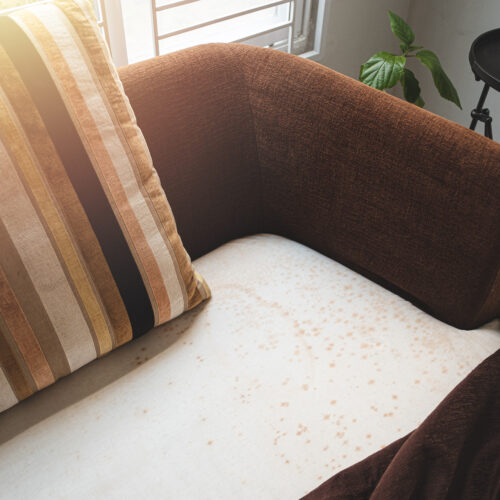April 10th, 2024 | Carpet

For bio-decontamination of trauma scenes, a comprehensive understanding of the principles of bio hazards and disinfection is essential. As each [...]
Read more
Approaching soot removal with a professionally formulated plan will eliminate unwanted headaches and the risk of turning smoke deposits into [...]
Read more
Viscose – a viscous orange-brown solution obtained by treating cellulose with sodium hydroxide and carbon disulphide, used as the basis of [...]
Read more
Removing mould from natural fabric upholstery can be particularly challenging, as natural fibres like cotton, linen, and wool can act [...]
Read more